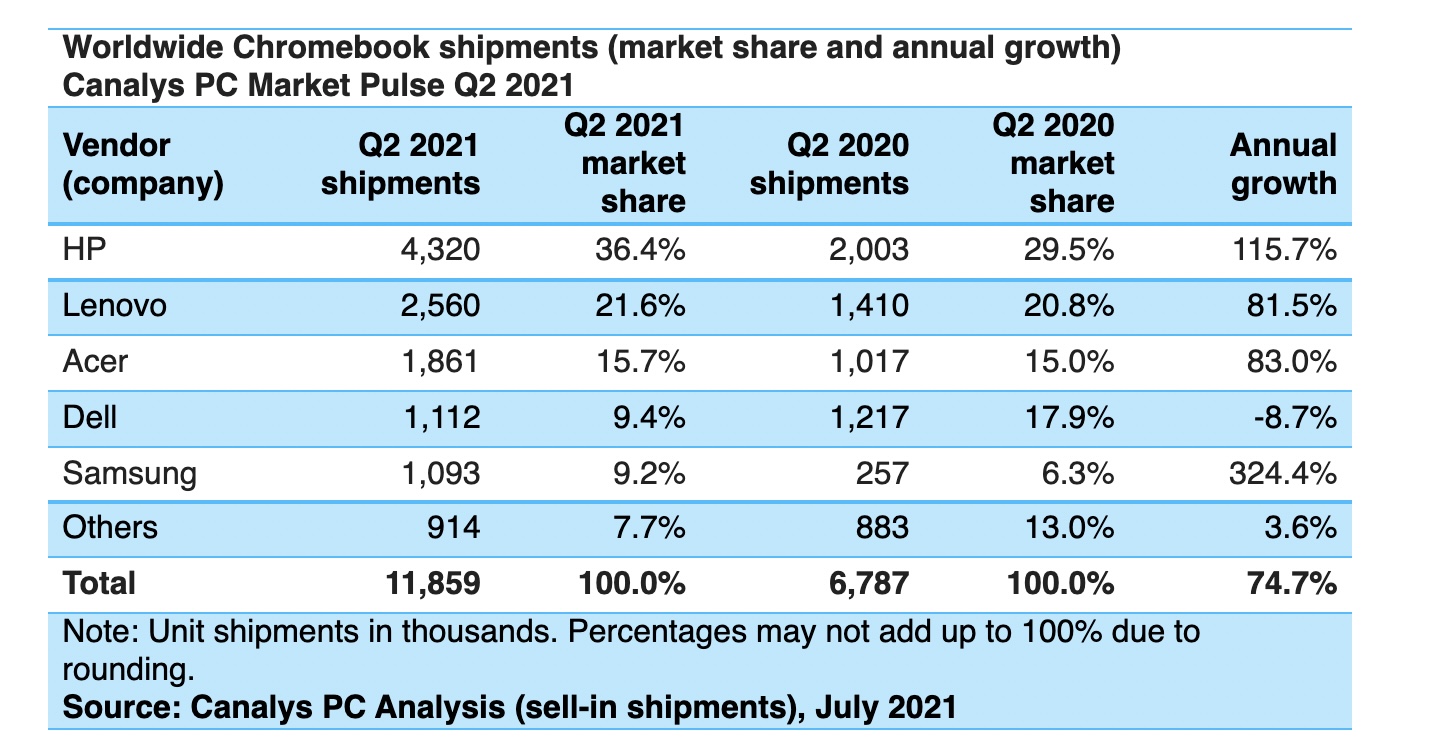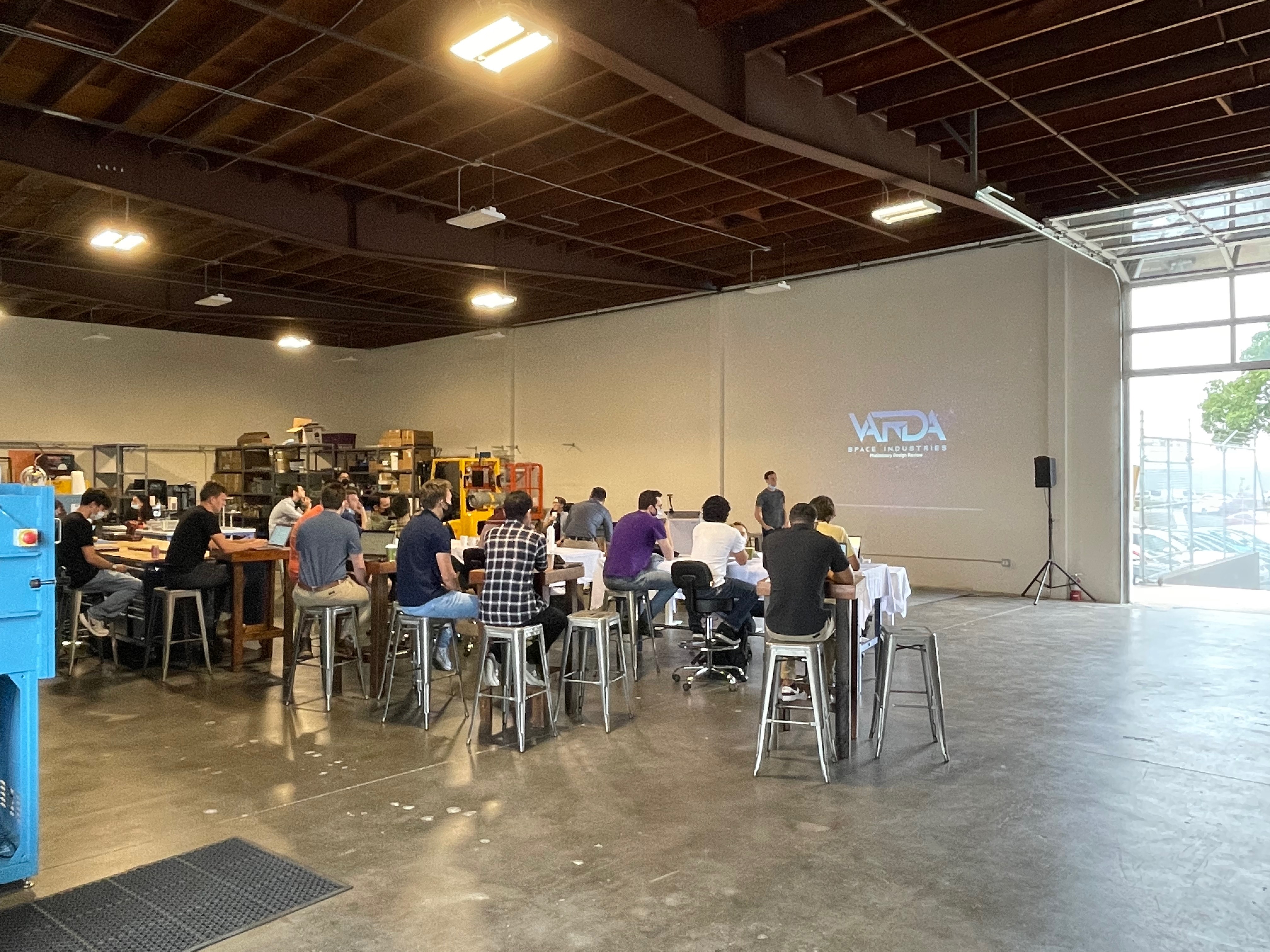Three months ago, Mastercard invested $100 million in Airtel Mobile Commerce BV (AMC BV) — the mobile money business of telecom Airtel Africa. This was two weeks after it also received $200 million from TPG’s Rise Fund.
Today, the African telecoms operator has announced that it has secured another investment for its mobile money arm: Qatar Holding LLC, an affiliate of the Qatar Investment Authority (QIA). The Middle Eastern corporation is the sovereign wealth fund of the State of Qatar with over $300 billion assets. It is set to invest $200 million into AMC BV through a secondary purchase of shares from Airtel Africa.
AMC BV is an Airtel Africa subsidiary and the holding company for several of Airtel Africa’s mobile money operations across 14 African countries, including Kenya, Uganda and Nigeria. The mobile money arm operates one of the largest financial services on the continent. It provides users access to mobile wallets, support for international money transfers, loans and virtual credit cards.
According to a statement released by the telecoms operator, the proceeds of the investment will be used to reduce debt and invest in network and sales infrastructure in the respective operating countries. The deal will close in two tranches — $150 million invested at the first close, most likely in August. The remaining $50 million will be invested at second close.
Airtel Africa claims QIA will hold a minority stake while it continues to hold the majority stake. This transaction still values Airtel Africa at $2.65 billion on a cash and debt-free basis like other deals. However, what’s different this time is that QIA is entitled to appoint a director to AMC BV’s board and “to certain customary information and minority protection rights.”
Airtel Africa’s most recent report for Q1 2021 shows signs of growth. The telecoms operator saw a year on year revenue growth of 53.7%, pushed by a 24.6% growth in customer base to 23.1 million. Transaction value went up 64.4% to $14.7 billion ($59 billion annualised); and EBITDA stood at $60 million ($240 million annualised) at a margin of 48.8%. The company also generated $124 million in revenue ($496 million annualised), while its profits before tax year-on-year for Q1 2021 stood at $185 million.
Mansoor bin Ebrahim Al-Mahmoud, CEO of QIA, said the sovereign fund’s investment in Airtel Africa would help promote financial inclusion in Sub-Saharan Africa.
“Airtel Money plays a critical role in facilitating economic activity, including for customers without access to traditional financial services. We firmly believe in its mission to expand these efforts over the coming years,” he added.
In February, Airtel Africa first made it known that it wanted to sell a minority stake in AMC BV to raise cash and sell off some assets. The subsequent month, it has sold off telecommunication towers in Madagascar and Malawi to Helios Towers for $119 million and has raised $500 million from outside investors since then.




